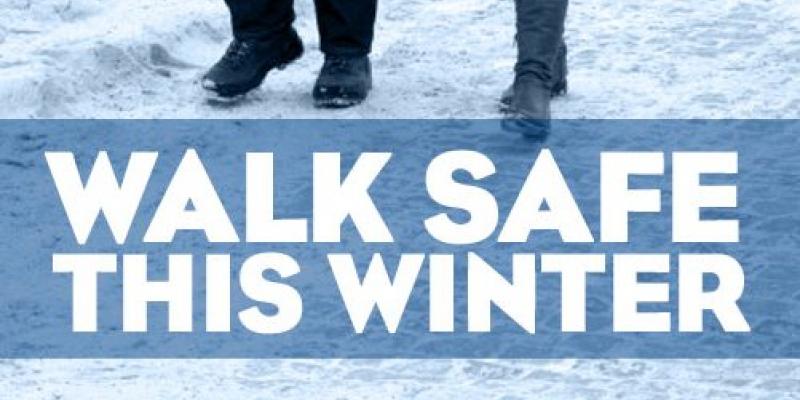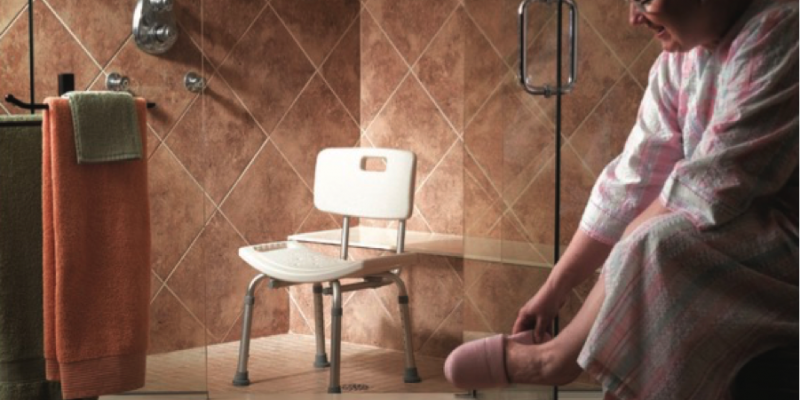Senior Safety
When the winter air is crisp, and the ground is covered with snow, there’s nothing like taking a walk to enjoy the beauty of the season – and walking is one of the best ways to keep fit.
On the other hand, winter can be a challenging time of year to get out and about. Freezing rain, icy surfaces and piles of hard packed snow pose a hazard for the innocent pedestrian.
A few simple measures can make it safer to walk outdoors in the winter. Removing snow and ice, putting sand or salt on areas where people walk, and wearing the right footwear all make a big difference. Just one bad fall on ice can have long-term consequences. These include: chronic pain in the affected area; a disabling injury that may mean loss of independence; or fear of another fall, which discourages a healthy, active lifestyle.
Basic Precautions:
The Canada Safety Council offers seniors some practical suggestions to stay active in winter.
As winter approaches, outfit yourself for safe walking:
- Choose a good pair of winter boots. For warmth and stability look for these features: well insulated, waterproof, thick non-slip tread sole made of natural rubber, wide low heels, light weight.
- Ice grippers on footwear can help you walk on hard packed snow and ice. But be careful! Grippers become dangerously slippery and must be removed before walking on smooth surfaces such as stone, tile and ceramic. Before buying the grippers, be sure that you are able to attach and remove them from your boots, this is best done sitting down.
- Use a cane, or even a pair of ski poles or walking sticks to help with balance. Make sure they are the right height for you. When your cane is held upside down, the end should be at wrist level. Speak to your doctor, pharmacist or local public health department about how to use a cane properly.
- If using a cane, attach a retractable ice pick to the end. Cane picks will be slippery on hard surfaces so be sure to flip it back as you get indoors. Picks are inexpensive and available at most drug stores.
- If you need further support, use a walker. The cost might be defrayed by Government programs; talk with your doctor.
- Wear a hip protector (a light weight belt or pant with shields to guard the hips). It can help protect the hips against fractures and give added confidence.
- Help other road users see you by wearing bright colours or adding reflective material to clothing.
- Prevent heat loss by wearing a warm hat, scarf, and mittens or gloves. Dressing in layers may also keep you warmer.
Once the snow and ice arrive, make sure you’re walking surfaces are safe:
- Keep entranceways and sidewalks clear of ice and snow. Report hazards on sidewalks or pathways to your landlord or the city.
- Contact your local home support agency or other community services for help with snow removal, transportation and grocery bus services.
- Carry a small bag of grit, sand or non-clumping cat litter in your jacket pocket or handbag, to sprinkle when you are confronted with icy sidewalks, steps, bus stops, etc.
- Ask a passerby to help you cross an icy surface
Walking on Ice
Facing an icy surface can be a paralyzing experience. Not everyone has grippers and other safety aids. So, what should you do if it is impossible to avoid an icy patch? Believe it or not, body movements can increase your stability on an icy surface.
- Slow down and think about your next move. Keeping your body as loose as possible, spread your feet to more than a foot apart to provide a base of support. This will help stabilize you as you walk.
- Keep your knees loose – let them bend a bit. This will keep your centre of gravity lower to the ground, which further stabilizes the body.
- Now you are ready to take a step. Make the step small, placing your whole foot down at once. Then shift your weight very slowly to this foot and bring your other foot to meet it the same way. Keep a wide base of support.
- Some people prefer to drag their feet or shuffle them. If this feels better to you, then do so. Just remember to place your whole foot on the ice at once and keep your base of support approximately 1 foot wide.
It’s always better to avoid tricky situations by being prepared and planning a safe route for your walk.
Sources: Ottawa public health, Niagara Region Public Health available at www.canadasafetycouncil.org
Written by: Southwestern Public Health








